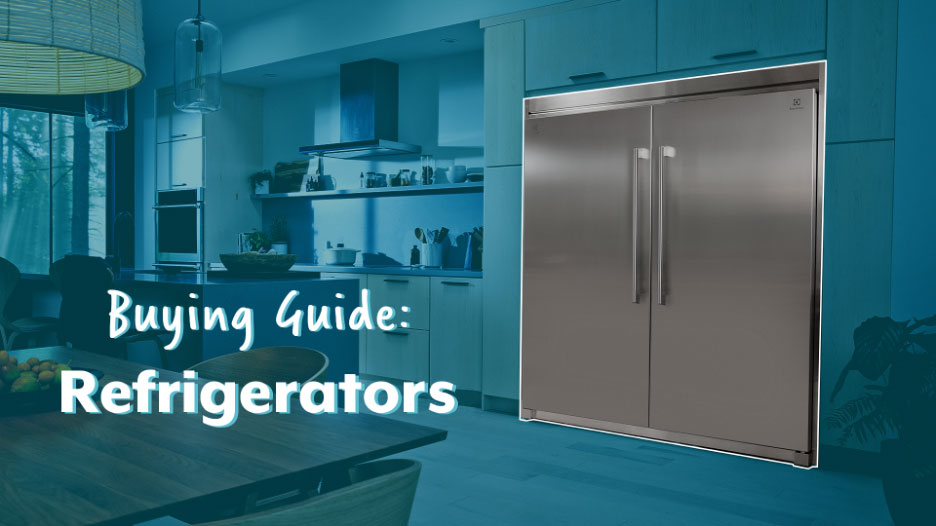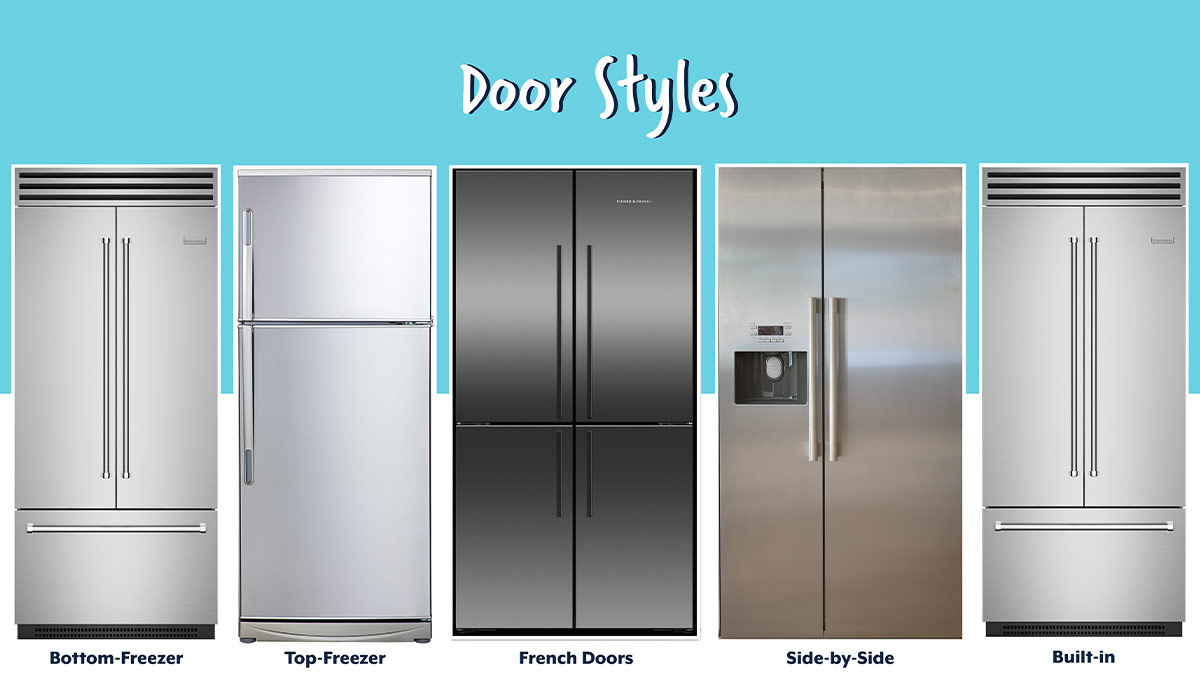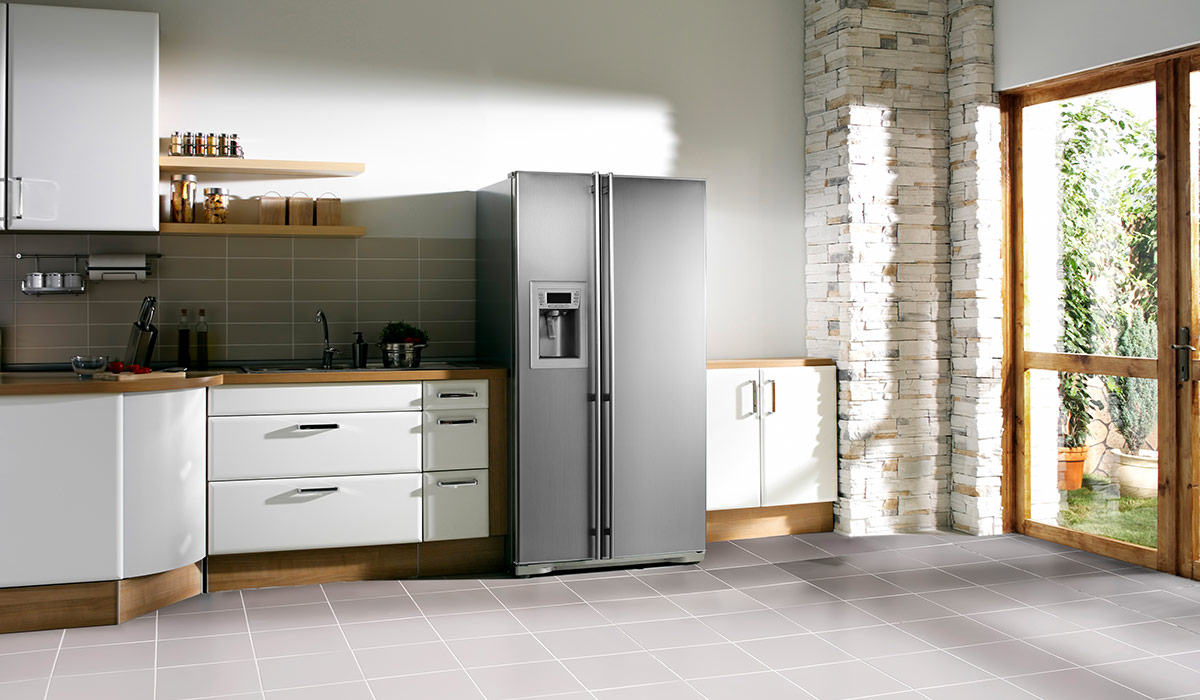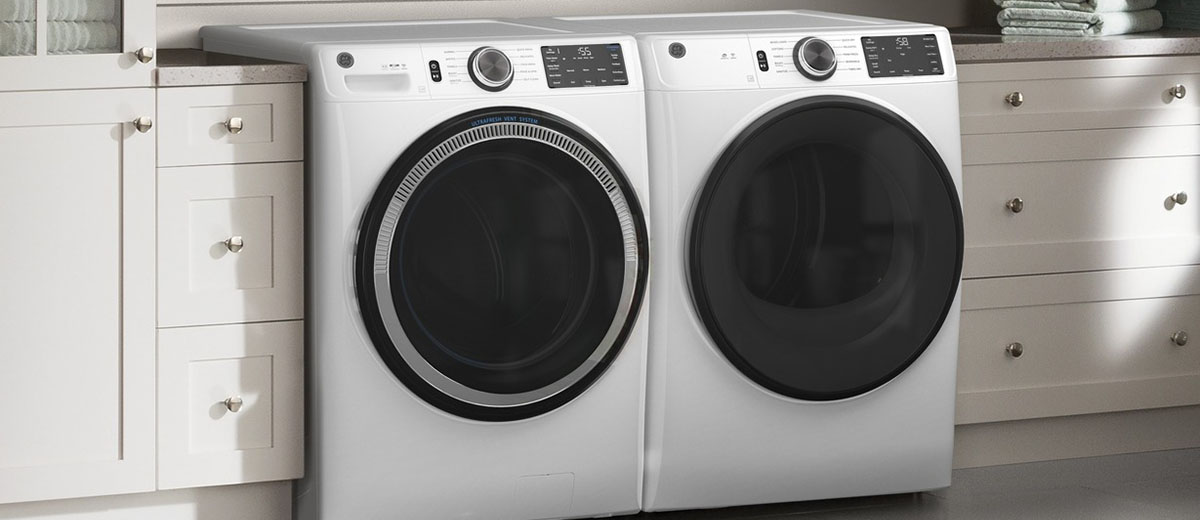Getting Started Buying A Refrigerator
Your Refrigerator (“fridge”) is a staple piece of your kitchen. Think about how many times a day you wander over to get a snack, store your food, or keep a nice beverage cold instead of at an uncomfortable room temperature. It’s a lot, right? Sadly, like all appliances, they eventually break, slow down, and get older as years tack on. If you’re like me, my whole kitchen is going to crumble the day my fridge dies and until I get my replacement.
Just Ask AL is here to give you all the go-to insider knowledge to pick your next fridge.
The first step in your refrigerator buying journey is determining why you are buying a new refrigerator – is it:
1.) I need a new refrigerator because my last one is on its last leg or has already gone to the great big appliance store in the sky.
2.) I am redesigning my kitchen/home and need a fridge that matches my new style aesthetics.
3.) I am buying a new home that needs new appliances.
If you identify with options 1 & 3, you’re looking to replace a refrigerator. AL’s quick recommendation – Identify how much space you have to work with without sacrificing the rest of your kitchen and which fridge features would be most desired and available in the current market.
If you identify with option 2, you’re looking for a refrigerator that is going to best suit your redesign. AL’s quick recommendation – Look for refrigerators that have style options like color, trim, and other aesthetic features. But while you’re at it, go ahead and look over some of the industry-leading features that the market offers.
Refrigerator Measurements To Consider
With many options to choose from, it’s hard to get the appliance built for your specific needs. Refrigerators come in all shapes and sizes and now offer more integrated features to make your kitchen personalized.
We’ve pulled together a few specs and features to look out for during your browsing process.
Refrigerator Size and Dimensions
Fridges aren’t just a one-size-fits-all appliance. Just like kitchens vary in size in your house, your refrigerator needs important consideration for size, dimension, width, height, and more.
We’ve listed out some specs to keep in mind to make sure you avoid the headache of a wrong-sized fridge in the kitchen.
Quick Tip: Before you start looking, make sure to measure the area where you plan to install your new fridge. Also, go ahead and measure any walkways, doors, corners, and anything else that may get in the way of the moving process of your old and new fridges.
You’ll need to decide if your kitchen space works best for a counter-depth or full-depth fridge. This can help make sure you get a perfect fit appliance that has the room to open its doors without eliminating any needed space.
Counter-Depth vs Full-Depth
Refrigerator Capacity
Account for how much room you’ll need for that rack of ribs and jug of milk in your next fridge. Just like the exterior sizes of a fridge, the interior capacity limits are important to note in your pre-purchase research. Refer back to our Counter-Depth vs Full-Depth comparison to understand the capacity limitations that may come with your fridge choice.
Things to consider for capacity in your fridge
- What will you typically be storing in your fridge day-to-day?
- How many different types (crispers, shelves, drawers, etc) of storage are you looking for?
- Consider the outside dimensions of your fridge – while the interior capacity may be sizable, it can affect the exterior size of the appliance.
- Be honest with yourself about how much space you’re really going to need and make sure to check off all the boxes before you make your purchase.
Styles
Refrigerators are an important part of your kitchen’s aesthetic. With many options, it can get confusing on what you’ll want and need since the style of the fridge can also affect its size and capacity.
Top-Freezer Refrigerator: A traditional option that offers decent storage (smaller than other fridge styles), perfect for shopping on a budget, and fits into tight spots/small kitchens.
Bottom-Freezer Refrigerator: Single door style, but places the freezer underneath the main fridge door. Provides decent storage and easy scannability of the shelves while sacrificing some freezer space.
French-Door Refrigerators: A very popular style in the market with large storage with freezer space underneath (similar to the bottom freezer models), and small swinging doors.
Side-by-Side Refrigerators: A common option that splits up the freezer and refrigerator with tall, narrow spaces that include a through-in-through water/ice dispenser and decent capacity. Note* these have problems fitting large items and can create issues when trying to find items in a crowded space.
Built-In Refrigerators: A pricier but larger style option that provides an abundance of space in both the freezer and refrigerator that sits flush in your kitchen space. This top-of-the-line model is Sleek, stylish, and customizable for any aesthetic of your kitchen.
Refrigerator Features To Consider
Like the variety of styles that refrigerators come in, the features can make that fridge you’re considering an easy decision. With a larger emphasis on ease of use, personalization, and integration of smart features, fridges on the market fit right into our busy lives.
Some of the modern fridge features you can find are:
Water & Ice Dispenser:
Enjoy the convenience of crystal clear water straight from your fridge door with a water and ice dispenser (crushed or cubed) anytime you want.
Options available:
- Ice dispenser types (crushed, cubed, or craft),
- Dispenser space for a variety of cups and pitchers,
- Built-in night light,
- And more!
Temperature Control:
Take complete control of your fridge’s temperature with door-mounted temperature control features. Need to lower the temp of your freezer or keep your fridge a little cooler for the weekend? Temperature control lets you fully control your fridge’s temp at the click of a button.
Smart Fridge
Smart Appliances have been a hit for years now as they seem to have been released on every appliance known to man. Smart fridges feature touch screens that can help you:
- Have your daily schedule ready for your family to check
- Have recipes with step-by-step instructions when you cook
- Have your grocery list ready to check off before you head out.
- Display family photos
- Create custom to-do lists for each member of your household
- Leave notes on a digital whiteboard
- Stream and cast from all other smart devices like your phone, TV, and more.
- Create events and alerts for weddings, soccer games, and anything else in your week.
- Download and customize your fridge with applications like Spotify, Weather, News, and more!
You can even maintain and monitor your ice maker, fridge temp, and other maintenance needed by your refrigerator. With so much control, a smart fridge lets you connect your life with an appliance you can’t live without.
Understanding Warranties
A great warranty on your new appliance can save you time and money down the road when your appliance reaches the end of its useful life. While there may be a variety of options to choose from, we have put together an understanding warranty guide so you can be confident in your next purchase.
When it comes to warranties we like to look at them in 3 different ways.
- First, you have a limited warranty vs a full warranty:
- A full warranty makes the selling company repair or replace your product during a specific period of time where the warranty is active. Usually, these warranties do not cover normal wear and tear and can either only be active between 60 – 90 days or for the “life” of the product and product line. Full warranties usually have conditions to qualify for a repair or replacement, but they are worth considering in your next buy.
- A limited warranty implies that there are only parts, certain types of defects, or various conditions that the company will repair or replace. It’s important to understand that these warranties are up to the seller on what to include and typically only replace the parts and do not provide the labor. There also may be costs to split with the manufacturer.
- Determine if you want a short or long-term warranty on your product.
- Be aware of how brands can avoid accepting warranty claims. It’s best to be upfront in understanding how a brand will accommodate your warranty claim on a specific product.







Leave a Reply
You must be logged in to post a comment.